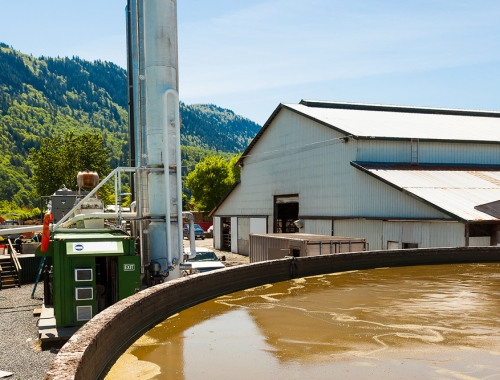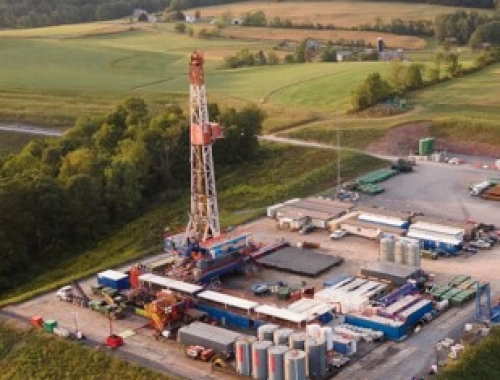Slovenia to end coal use by 2033
SUMMARY
Slovenia depends on coal to generate around 30% of its electricity, and is one of the last EU countries to commit to ending its use of the fuel.
By Joseph MurphyPOSTED IN:
Slovenia will stop using coal for power generation by 2033 under a new national strategy that the government adopted on January 13.
Slovenia depends on coal to generate around 30% of its electricity, and is one of the last EU countries to commit to ending its use of the fuel. That commitment will mean Slovenia can draw nearly €250mn ($283mn) from the EU's Just Transition Fund, to support social and economic support in the country's Savinja-Salek and Zasavje coal regions.
Savinja-Salek is home to Slovenia's only remaining coal-fired power plant, with a nameplate capacity of 1,030 MW. It is supplied from local mines with lignite, considered the dirtiest form of coal. Zasavje once also hosted a power plant and active mines, but those have been retired.
Slovenia's coal industry has previously pushed back against calling time on the fuel. But the state-owned operator of the Sostanj plant in Savinja-Salek issued a statement on January 13 saying it accepted that setting an end date would be "a basis for Slovenia's transition to a carbon-free society." It said it would assist in efforts to restructure the local economy, engaging with relevant stakeholders, noting that the "preservation of the energy location, know-how and technology in the Salek valley allows us to further develop and implement new technologies."
The power plant already uses some natural gas, and one option being considered is its full conversion to that cleaner-burning fuel.





